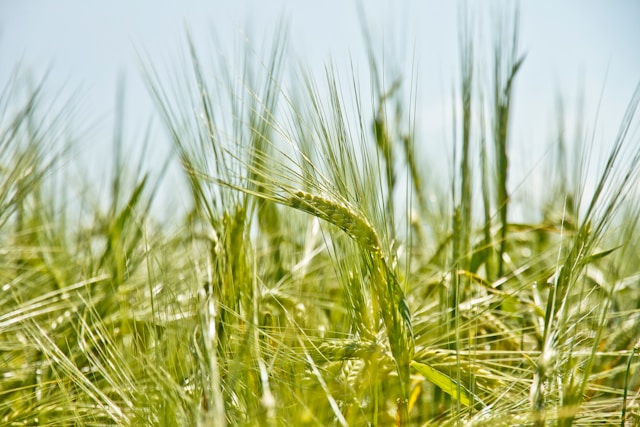As global temperatures rise and weather patterns shift, agriculture faces mounting challenges, particularly in food preservation. Grain storage is essential for maintaining food supplies, reducing waste, and supporting food security. Sustainable and climate-resilient storage practices help protect valuable resources and minimize environmental impact. By integrating eco-friendly approaches, we can reduce food waste and build resilience in the face of the climate crisis.
Preserving food in extreme conditions
With climate change impacting temperature and humidity levels, traditional grain storage methods are often insufficient to protect crops from spoilage and pests. Without adequate storage, a significant portion of harvested grain can be lost—often up to 40%—through moisture, pests, and mold. This waste contributes not only to food insecurity but also to the misuse of resources like water, land, and energy.
In the face of climate unpredictability, resilient grain storage systems are crucial. By adopting advanced storage techniques, we can shield harvests from the effects of a changing climate, preserving food resources and reducing the need for replanting. Effective storage methods support food security by ensuring that harvested grain remains usable for extended periods, providing a buffer during lean seasons or emergencies.
Reducing carbon and chemical dependence
Conventional grain storage often relies on chemicals for pest control, which can harm the environment and create additional greenhouse gas emissions. Sustainable storage options, however, use eco-friendly technologies to maintain grain quality without relying on chemicals. Airtight storage solutions, such as hermetically sealed bags and silos, prevent oxygen from entering, creating environments where pests cannot thrive naturally. These approaches reduce the need for pesticides, making them a more sustainable choice for the environment and human health.
Another climate-friendly advancement is solar-powered ventilation for grain storage facilities. These systems control temperature and humidity without relying on fossil fuels, lowering the carbon footprint of grain storage. As they reduce operational costs while also supporting the environment, solar ventilation systems represent an important step toward creating a more sustainable food system. Together, these technologies help preserve grain and reduce the overall environmental impact of food storage.
Reducing food waste for environmental and social impact
Food waste is a significant contributor to greenhouse gas emissions, accounting for nearly 8% of global emissions. When stored grain is lost due to poor preservation, the resources used to grow, harvest, and transport it are wasted, amplifying agriculture’s environmental footprint. Climate-friendly grain storage directly addresses this issue by keeping more food in circulation, reducing the need to plant replacement crops, and minimizing strain on natural resources.
Effective grain storage also supports local communities by ensuring that surplus food can be stored and distributed as needed, providing resilience in times of scarcity. By storing surplus harvests, communities can prevent shortages and lessen price volatility, helping stabilize the food supply even when climate conditions threaten production. Sustainable storage practices thus serve both environmental and social goals, reducing emissions while supporting food security and community well-being.
In sum, climate-conscious grain storage is essential for building a food system that can withstand the pressures of a warming world. By reducing waste, cutting chemical use, and lowering emissions, sustainable storage practices contribute to a resilient agricultural sector. Climate-friendly grain storage offers a way to conserve resources, protect food supplies, and reduce the environmental footprint of agriculture, making it a powerful tool in the fight against climate change.



